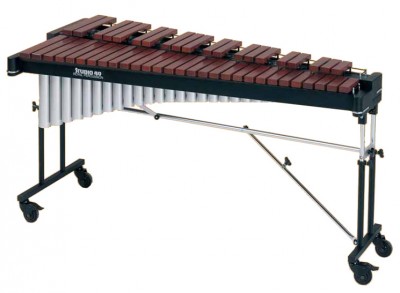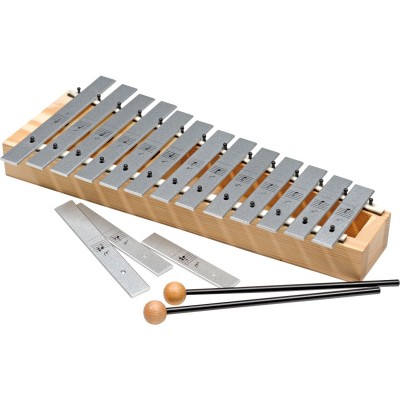Difference Between Xylophone and Glockenspiel

There is a huge range of musical instruments throughout the world. Every instrument has its own distinctive sound but there are also some musical instruments which resemble with one another to a great deal. Electrical instruments have a great tendency to create sounds of your desire but the conventional manual instruments have their own elegance and mastery of producing enchanting music. Some simple instruments are still widely played all over the world because of their soothing sound. The material used in making music instrument produces its distinctive sound and it is a vital thing which maters while making any instrument. Xylophone is also among those simple music instruments which produce a peaceful sound and make you feel a bit relaxed. However, a similar sort of instrument called glockenspiel also produces a like sound and it is misinterpreted to be a xylophone. These two instruments might look similar in appearance but they are different in many ways.
A xylophone actually belongs to the percussion family of musical instruments consisting of wooden bars and it is played by striking mallets to it. Every wooden bar of this device is an idiophone tuned to a pitch of a musical scale.
A glockenspiel is very similar to xylophone, having a set of tuned keys arranged in the fashion of a piano keyboard and to be struck with mallets for producing sound. The only difference in the structure is that a glockenspiel has bars made of metal, rather than wood.
Instructions
-
1
Xylophone
Xylophone is considered to be one of the oldest melodic instruments and consists of 3 ½ octaves of wooden or synthetic bars, appearing just like the keyboard of a piano. Metal tubes are placed under the wooden bars. These tubes pick up the vibrations of the wooden bars and the air trapped inside them amplifies them to produce the sound note. There are even larger xylophones made for two to three musicians to play at the same time.
Image Courtesy: truefire.com
-
2
Glockenspiel
It consists of 2 ½ octaves of steel bars and produce higher frequencies, ranging from G5 to G8. The metal bars of glockenspiel are struck with hard mallets to produce sharp sound and with softer rubber mallets to generate relatively softer noise. It has lesser octaves then xylophone and have no resonators to amplify sound, like xylophones posses.
Image Courtesy: music123.com






